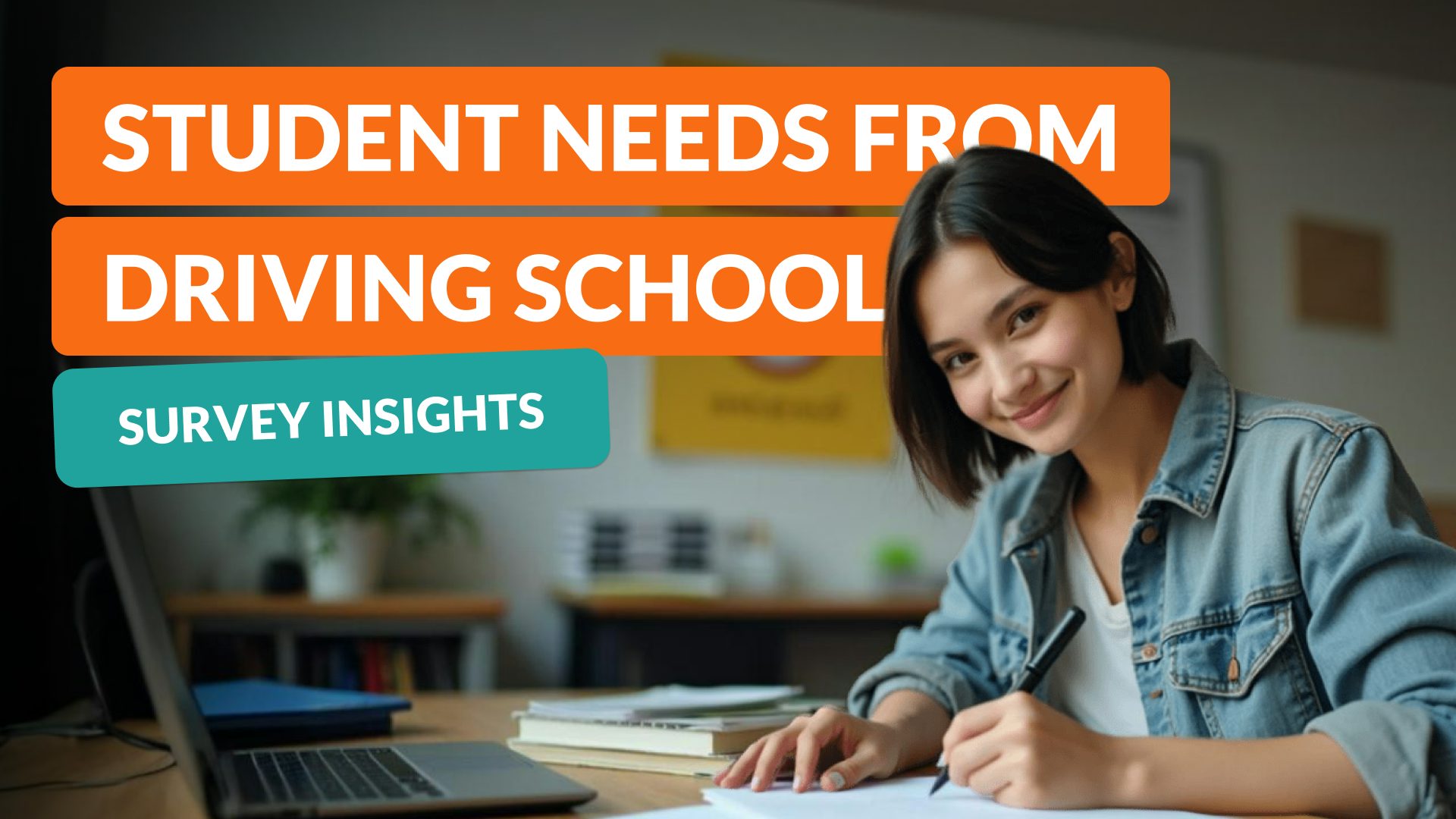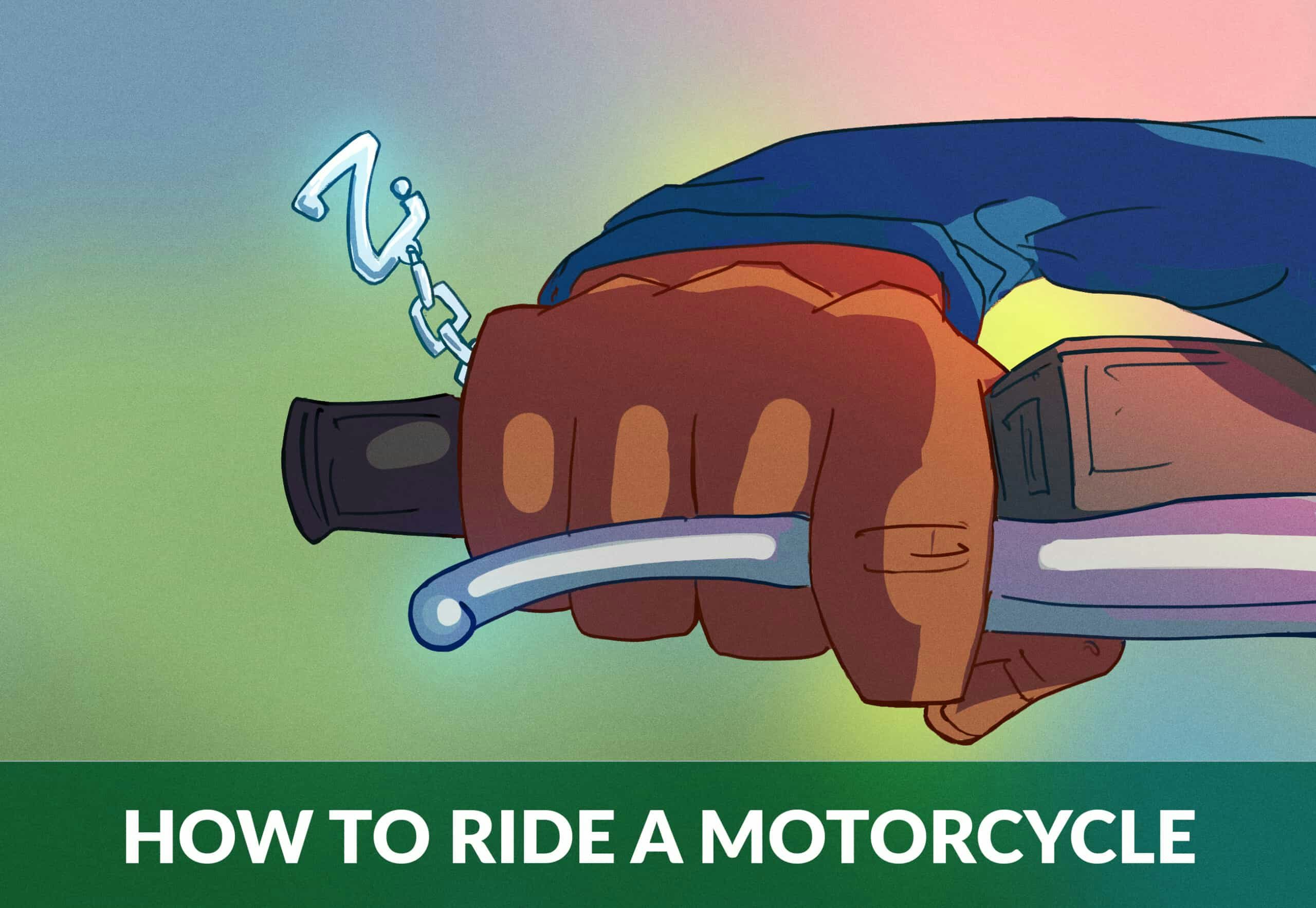
How to Ride a Motorcycle: 7 Tips for Beginners
In this guide, we will go through everything you need to know about how to ride a motorcycle as a beginner.
First Get Your Motorcycle Permit and Take a Safety Course
First things first. You will need a license or permit to ride a motorized bike in all 50 states. If you are just starting out, you will need to take a written test from the DMV to obtain your permit. Most states will also require that you take a motorcycle safety course or driving skill test (or both!). Zutobi has state-specific Motorcycle DMV practice tests to help you ace your tests on the first attempt.
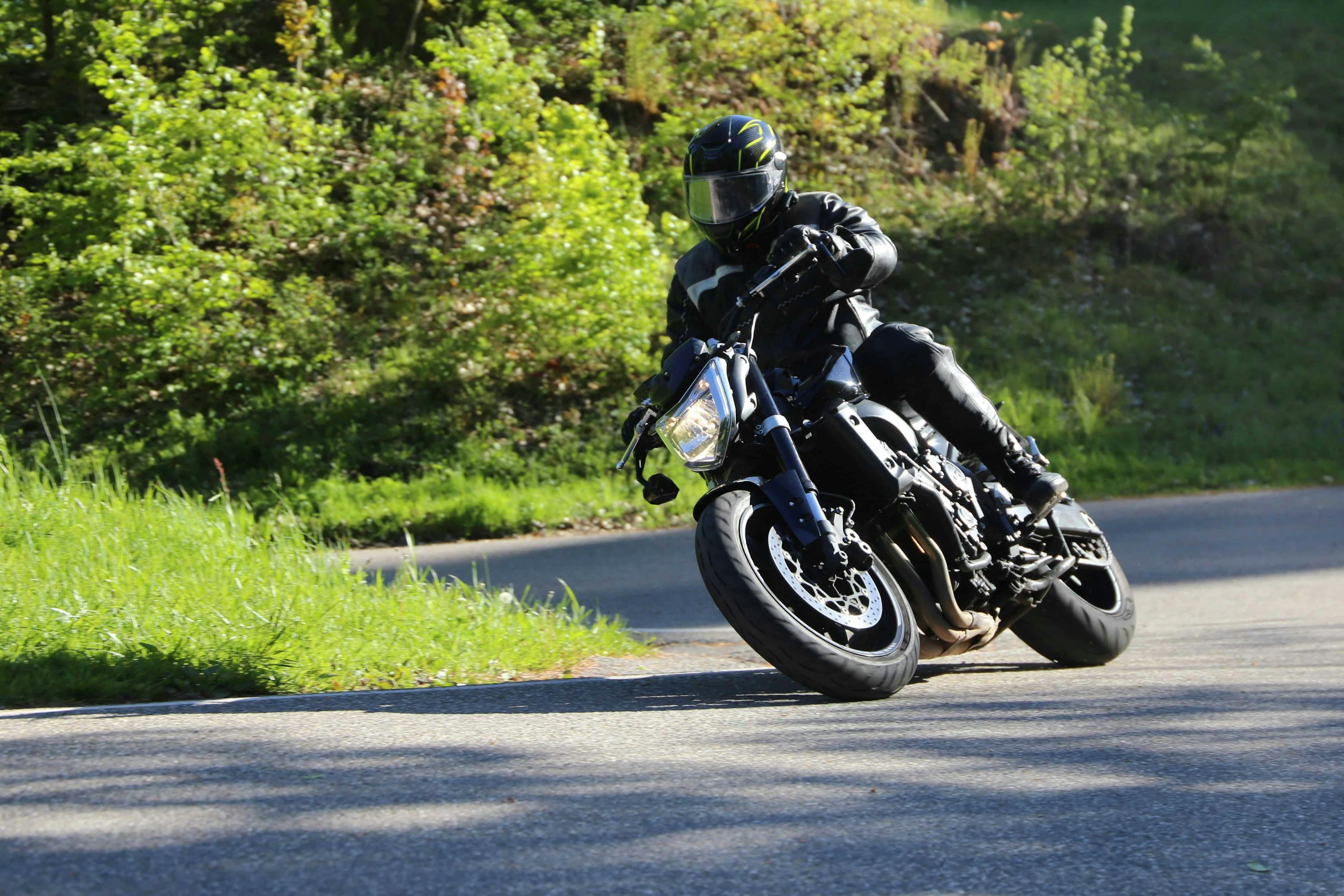
Even if you live in a state where a motorcycle safety course isn’t required, we recommend that you go ahead and enroll. You will get certified trainers that will teach you how to ride and act in almost any situation. As a bonus, if you take the safety course every year or so, you may also be eligible for insurance discounts or demerit point forgiveness for the effort. Check with your insurance agency to see if a safety class has any perks for your area.
You will also need to register your bike and attain driver’s insurance before you start riding a motorcycle.
7 Tips for Beginners Learning How to Ride a Motorcycle
1 – (Optional) Learn to Ride a Bike First
Learning to ride a bicycle is not required to start learning to ride a motorcycle, but it allows you a lot more freedom to practice the basics early. If you know how to ride a bike, you are already far ahead of most first-time motorcyclists. Bicycle riding helps you learn:
- How to balance on a two-wheeled vehicle
- How to steer and react on streets, roadways, and bridges
- Signal and deal with blindspots
- A larger range of places you can do initial practice, like parks and biking trails.
Check Your State Laws: If the bicycle is not motorized, most states do not require a license or age limit to start practicing.
2 – Gear Up
Riding a motorcycle has various risks involved, and it is easy to get injured if you hit the pavement. Even a minor fall can be accompanied by scrapes, bruises, twisted wrists/ankles, and fractures. Wearing appropriate riding gear can help you mitigate these factors, this includes:
- Helmet
- Leather Gloves
- Study boots that cover the ankles
- Pants and jacket made for riding a motorcycle
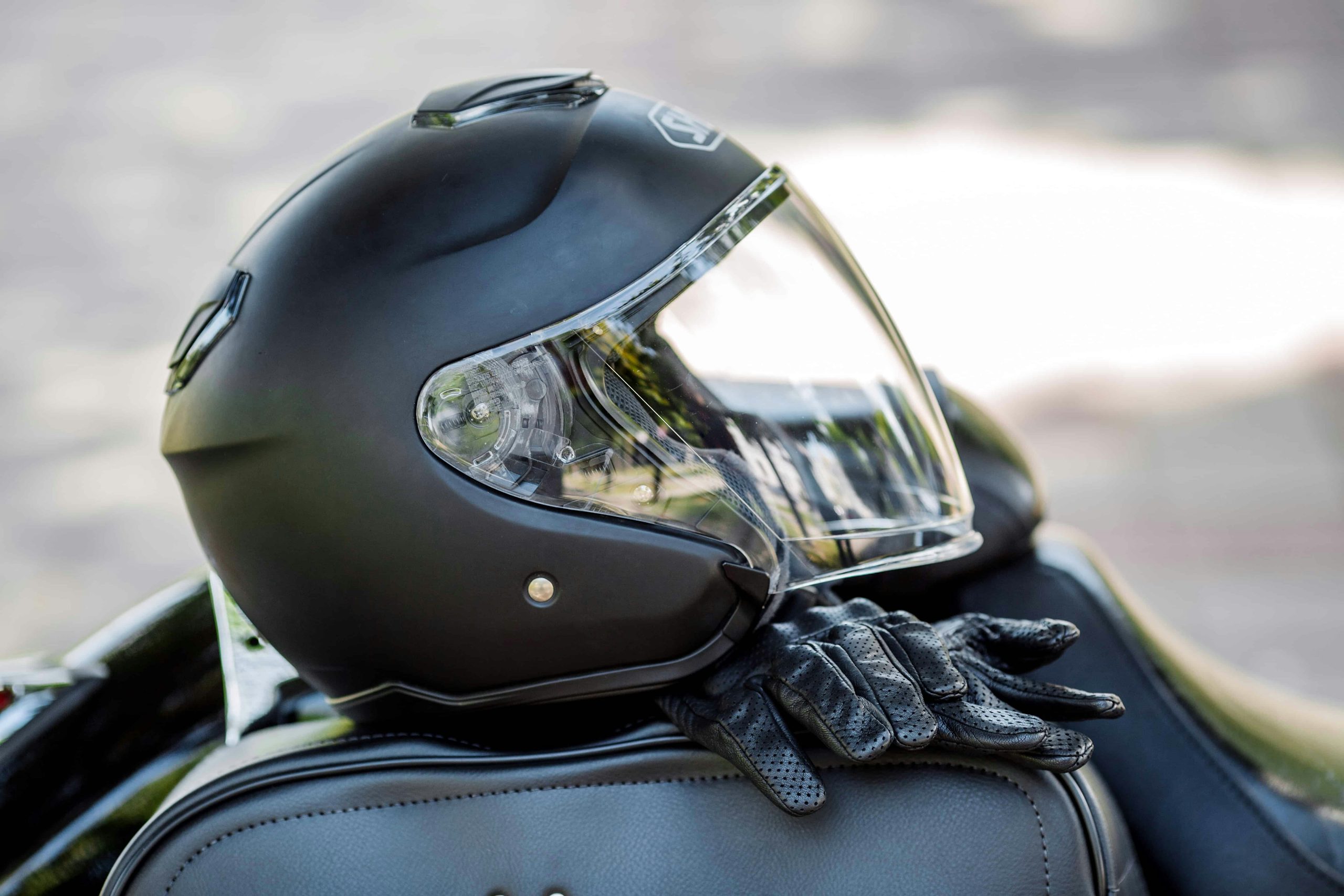
Good starter clothes include Kevlar. They look like normal pants and jackets, but their lining is reinforced with abrasion-resistant textiles.
Once you start riding a motorcycle regularly, look at sets optimized for specific environments, like waterproof gear for rain, gear extreme temperatures, riding at night, streets, and off-roading.
Never Compromise Safety for Dress Code: If you plan to use a motorcycle to commute to work or school, have a way to carry your normal clothes and a brush or comb with you. Leave early enough that you can change out of your riding gear without an issue.
Read more about riding gear here.
3 – Pick a Motorcycle that Fits You
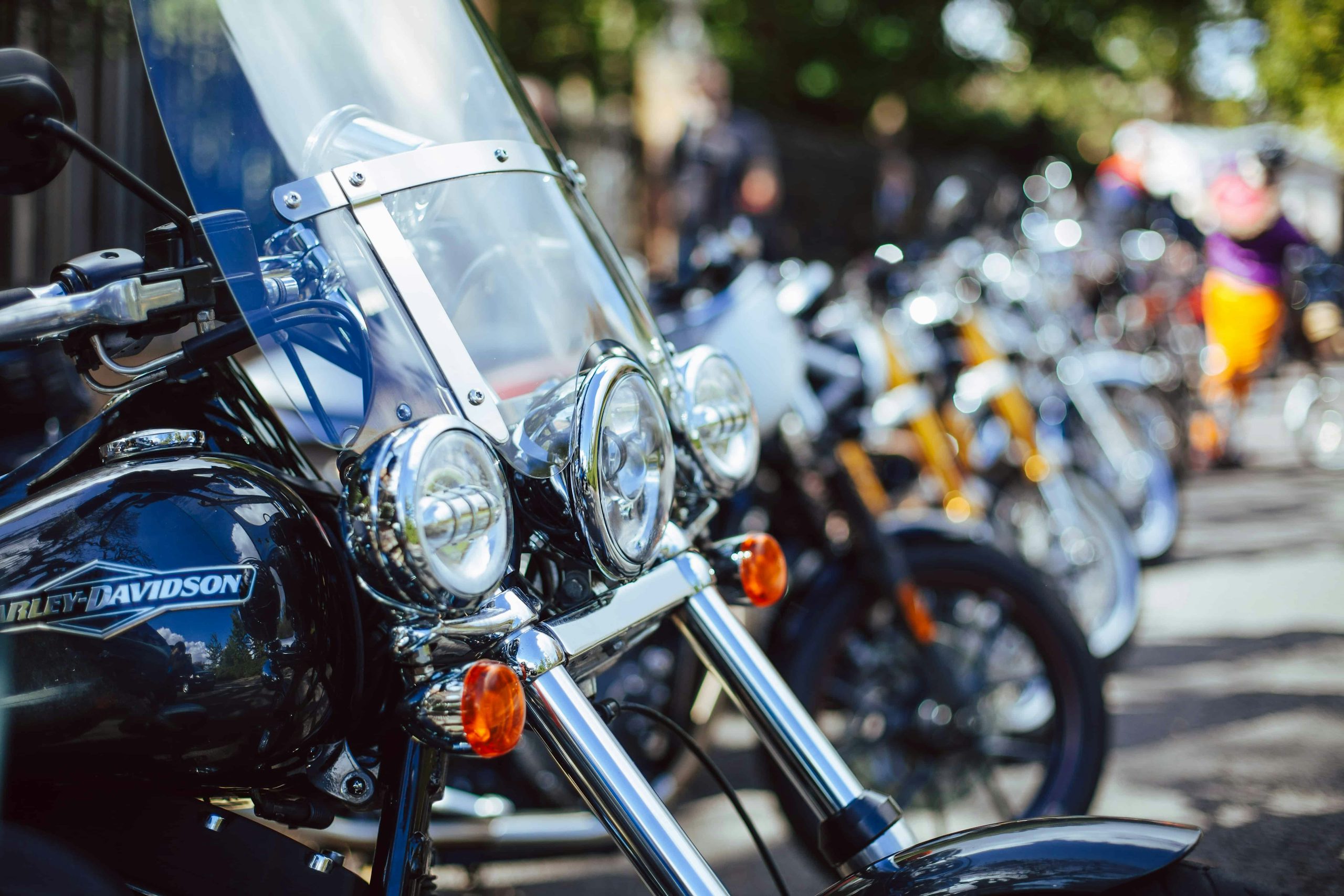
Any bike can be your first, but a dirt bike or street bike will be lighter and easier to control, making it will be easier to learn the basics – so that is typically what new riders should go for (somewhere in the 250-600 cc range). As you become more experienced, you can progress to bigger and more powerful motorcycles.
We also recommended that you start with a used or inexpensive bike in good condition. That way when you scrape, ding, and scratch the bike as you practice, it will feel less painful than a brand new $18,000 vehicle.
Here are a few more things to consider when choosing a motorcycle:
- Make sure that you can move comfortably in and out of the saddle.
- When you are in the saddle, can you rest both feet firmly on the ground?
- Can you easily get on, get off?
- Can you put it on a side stand?
- Does your posture feel comfortable?
- Does it feel well-balanced?
- Can you easily handle the bike both on and off the saddle?
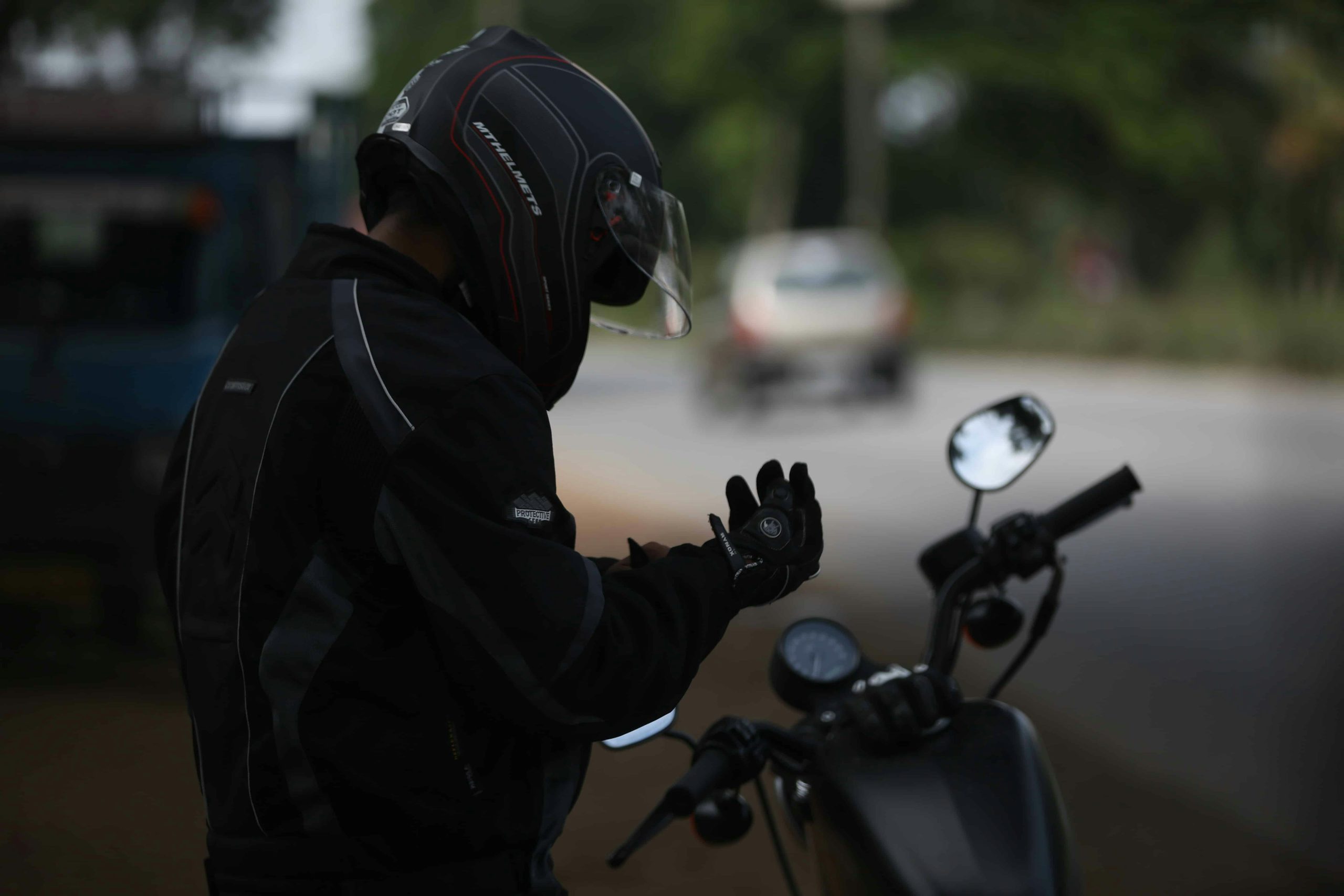
4 – Learn the Basics First
Before you start riding a motorcycle for the first time, make sure you are comfortable with the basics. Here are a few of the critical ones.
How to Mount your Bike
Mounting can be difficult the first few times. You will need to shift the weight to your left leg and kick your leg high over to the other side. If you do not move it high enough, your shoe or pants leg might get caught in the process.
Braking
The pedal on the right controls the rear brakes, while the right lever is the front wheel brakes. Practice manipulating these two brakes to find the balance where you can decelerate and brake naturally. You’ll want to smoothly use both brakes by making sure that you’re stepping on the rear brake and gently pulling the front brake. Too much, and your bike can start to skid.
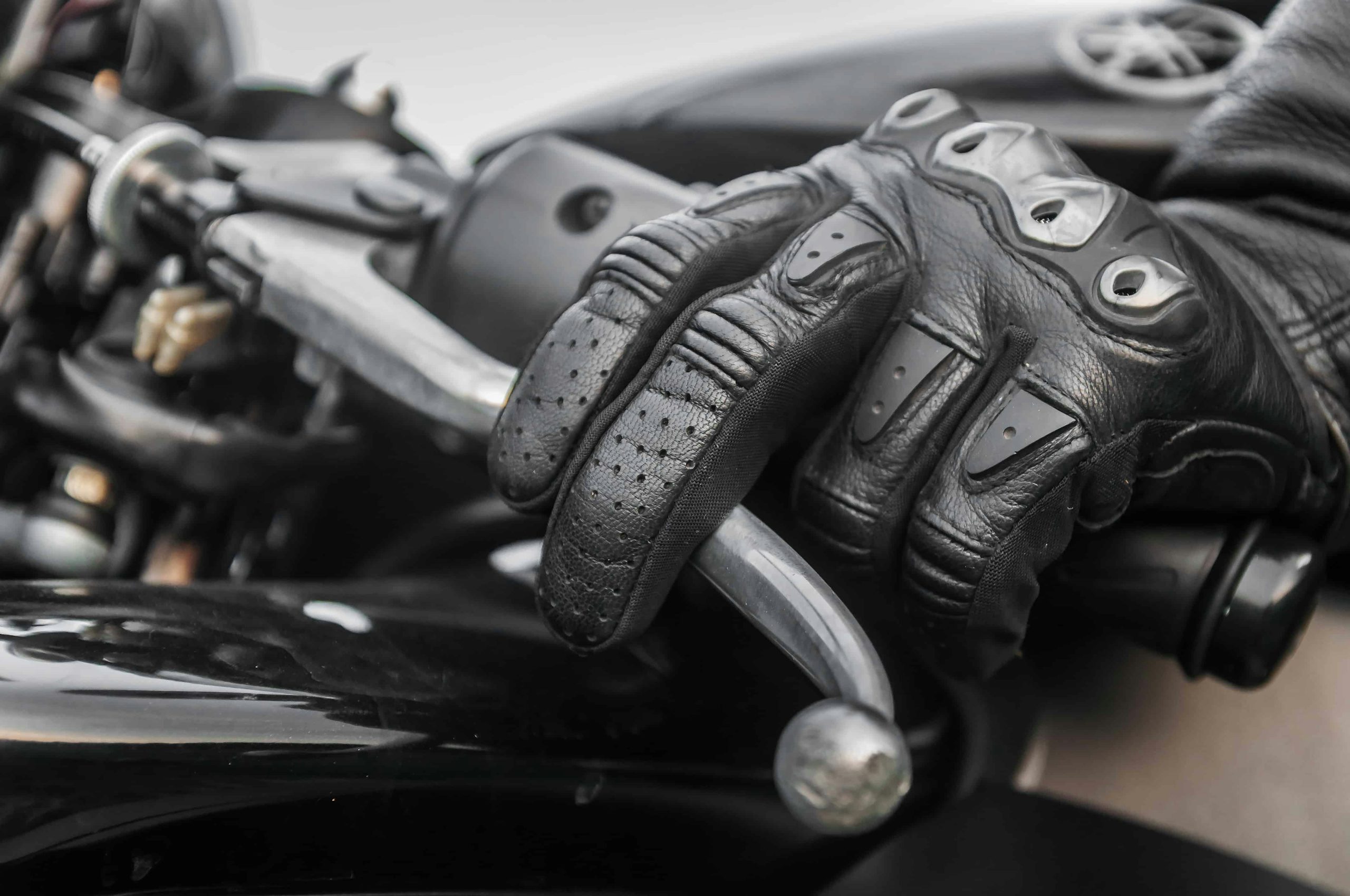
Throttle
Your acceleration is controlled by the throttle, which is located where you grip your right handlebar. A little twist goes a long way, so be gentle as you get used to the controls. Otherwise, you may lose control or have the front wheel fly up off the pavement.
Clutch
Shifting gears is probably the scariest part to new riders. But it operates much like a manual car, and a motorcycle generally has up to five gears that you will shift to as you move.
- Fifth gear
- Fourth gear
- Third gear
- Second gear
- Neutral
- First gear
To get the bike in motion, pull the clutch lever in, engage first gear, and then release the clutch slowly at the same time you add a little bit of throttle. Make sure you familiarize yourself with this function in an open area or parking lot with no pedestrians or traffic.
Some bikes can shift gears without the clutch, but it is good to know how to do so before it becomes essential.
Steering
When you turn, the bike leans with the turn. It will take practice to learn to lean with it – but not so much you tip the balance. Practice in an open area first. And avoid heavy traffic areas when you start practicing on roads and active parking lots.
Kickstand and Centerstand
The kickstand and center stand help stabilize the motorbike when it is off. Modern motorbikes are even designed to automatically turn off if you try to shift gears while the kickstand is down. Make sure you know how to engage and disengage both to avoid injuries and riding risks.
A kickstand works just like it sounds, you kick it up with your foot. A center stand is more robust and will require you to push to bike forward.
5 – Slowly Introduce New Conditions
You need to practice to get better. It’s generally a good idea to master the basics and start off in easy conditions. Avoid congested areas, highways, freeways, high-pedestrian traffic, and other risky areas until you have more practice. Distracted drivers are one of your biggest risks to watch out there!
Choose quieter roads and alternate routes where you can focus on riding your motorcycle. As you gain confidence and experience, gradually increase the difficulty of your route. Also, be careful about adding a passenger into the mix before you’re ready. This will introduce all kinds of challenges, especially for a beginner rider.

6 – Check Your Bike Before Every Ride
If something malfunctions while you are riding a motorcycle, you have an increased chance of losing balance or control. Make sure to check everything before you ride.
The Motorcycle Safety Foundation Checklist uses the acronym T-CLOCS to memorize what you should keep a close eye on:
- T (Tires and wheels)
- C (Controls- levers, petal, hoses, throttle)
- L (Lights- including headlights and turn signals)
- O (Oil and fluid levels)
- C (Chassis- frame, suspension, and chains)
- S (Stands- center stand and kickstand)
In addition to this, you should also remember to follow the recommended warm-up procedures. Generally, even new bikes benefit from a warmup to ensure smooth, consistent power during your ride. It could take anywhere from 45 seconds to several minutes to get optimal temperatures, based on factors like ambient temperature, oil capacity, and engine displacement.
7 – Stay Alert Whenever You Ride a Motorcycle
You do not have the safety restraints of a 4-wheeled vehicle, so you have less room for error. Both your own errors and the errors of the people around you. Stay alert to your surroundings, and do not try to multitask while you ride. On a motorcycle, you are much more vulnerable than the car drivers around you.
How Long Does it Take to Learn How to Ride a Motorcycle?
For most people, it takes a few hours to understand the basics of riding a motorcycle. From there, it can take a few days to a few weeks to get ready for the test. However, to become a really good rider generally takes a few years, depending on how much you practice.
Where Should You Learn to Ride?
The Motorcycle Safety Foundation rider course is a great place to start. You will want to get help from professional instructors that know what they are doing. They’ll help you get the basics right from the start and correct any mistakes before they turn into bad habits. Getting professional help is definitely worth the extra investment!
How Old Do You Have to Be to Ride a Motorcycle?
It depends on where you live in the United States. Here is a list of minimum age requirements per state.
| State | Minimum age to take the MC test |
|---|---|
| Alabama | 14 years |
| Alaska | 14 years |
| Arizona | 15 years 6 months |
| Arkansas | 14 years |
| California | 15 years 6 months |
| Colorado | 16 years |
| Connecticut | 16 years |
| Delaware | 17 years |
| District of Columbia | 18 years |
| Florida | 16 years |
| Georgia | 16 years |
| Hawaii | 16 years |
| Idaho | 16 years |
| Illinois | 18 years |
| Indiana | – |
| Iowa | 14 years |
| Kansas | 14 years |
| Kentucky | 16 years |
| Louisiana | 16 years |
| Maine | 16 years |
| Maryland | 15 years 9 months |
| Massachusetts | 16 years |
| Michigan | 16 years |
| Minnesota | 16 years |
| Mississippi | 17 years |
| Missouri | 15 years 6 months |
| Montana | 15 years |
| Nebraska | 14 years |
| Nevada | 16 years |
| New Hampshire | 16 years |
| New Jersey | 17 years |
| New Mexico | 13 years |
| New York | 16 years |
| North Carolina | 15 years |
| North Dakota | 14 years |
| Ohio | 15 years 6 months |
| Oklahoma | 14 years |
| Oregon | 16 years |
| Pennsylvania | 16 years |
| Rhode Island | 16 years |
| South Carolina | 15 years |
| South Dakota | 16 years |
| Tennessee | 15 years |
| Texas | 15 years |
| Utah | 16 years |
| Vermont | 16 years |
| Virginia | 15 years 6 months |
| Washington | 16 years |
| West Virginia | 16 years |
| Wisconsin | 16 years |
| Wyoming | 15 years |
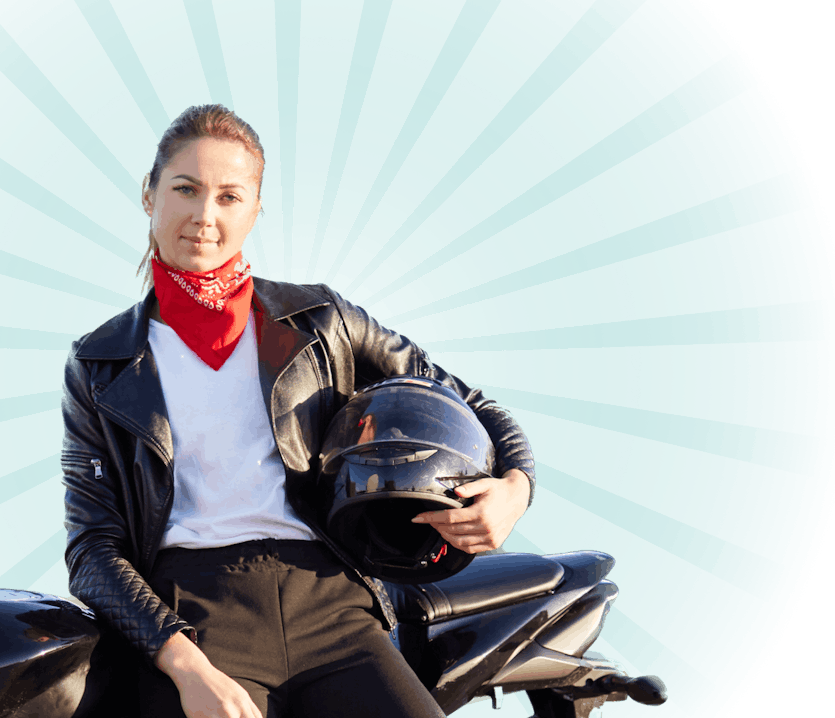
300+ exam-like questions
All you need to ace your MC test
Perfect for anyone looking to get an MC permit or license
Recommended articles
Ace your DMV test, guaranteed
Want to Be the Top School in Your Area?
- Simple & automated admin
- More time for teaching
- #1 learning materials for students


